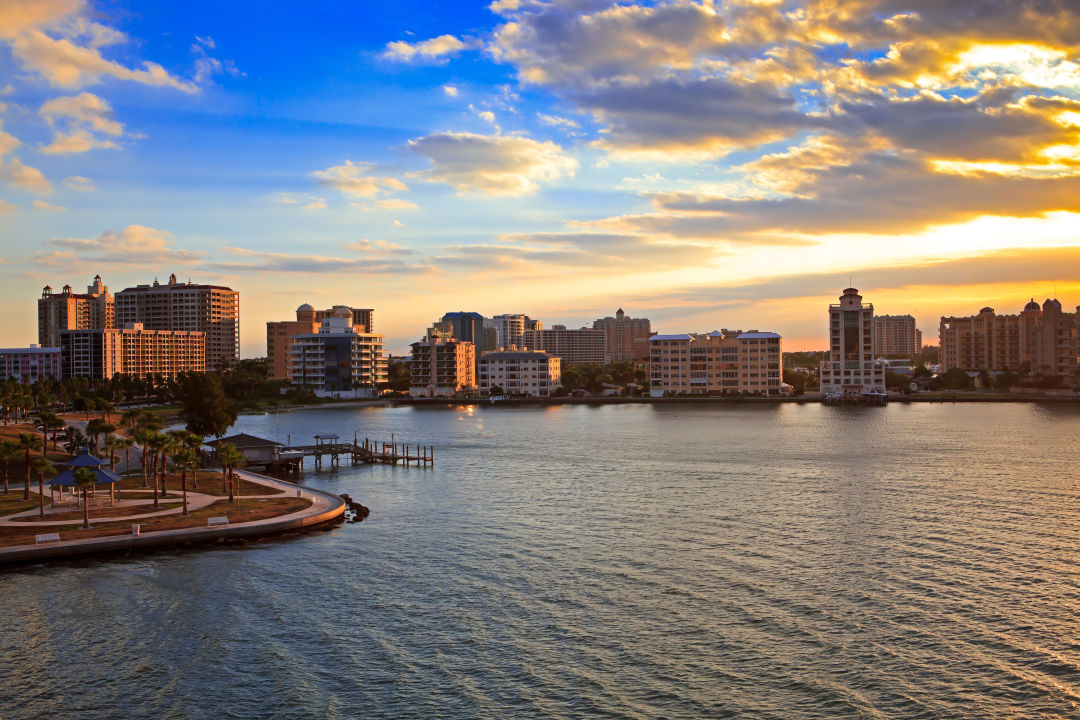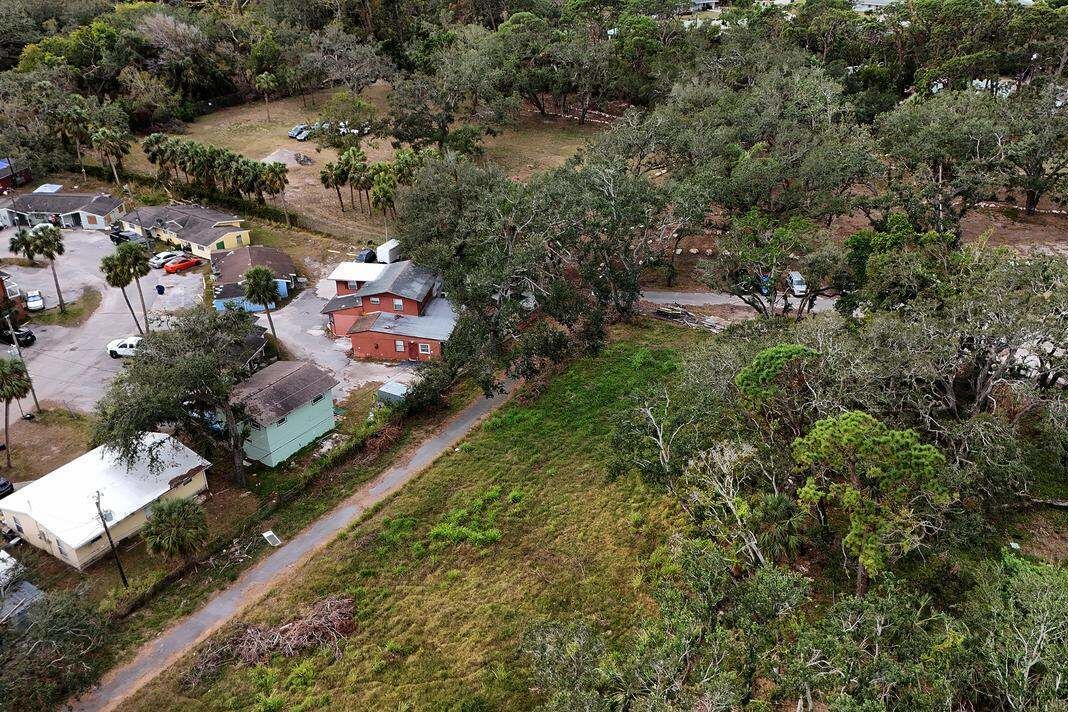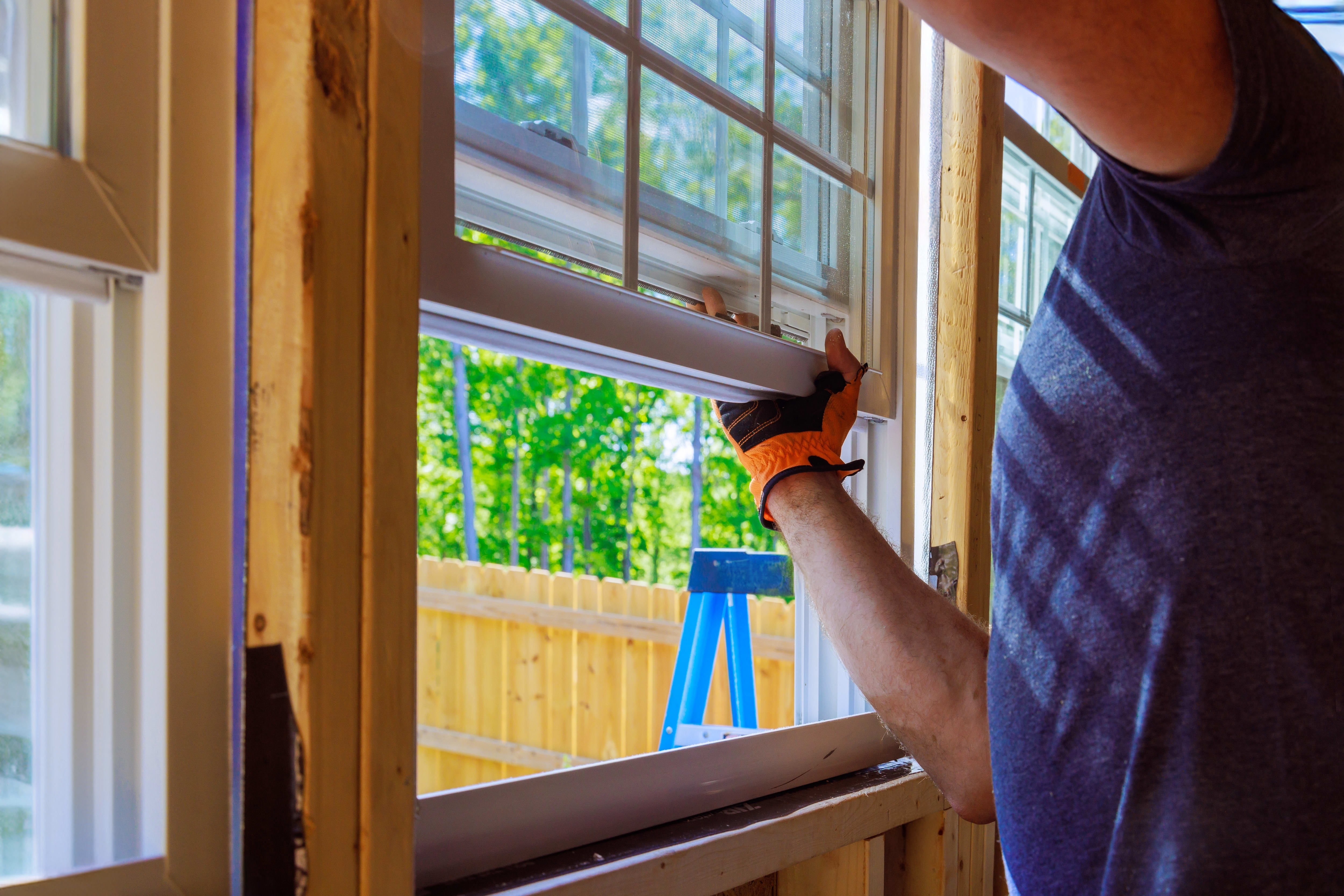Other Cities Have Tackled Growing Pains in Innovative Ways—Would They Work Here?

Image: Shutterstock
Affordable Housing
Faced with a shortage of housing for middle-class workers and a growing number of homeless people, Denver, Colorado, decided to tax commercial properties $145 for every $1 million of valuation and homeowners $12 per $300,000 in valuation. The resulting fund, expected to generate $150 million over a decade, will help subsidize rents, buy and rehabilitate apartment complexes and build housing for the poor.
Could it work here? Yes, because the funding source already exists. In 1992, the state of Florida created the William E. Sadowski Affordable Housing Trust Funds, using a tax from real estate transactions. But instead of subsidizing rents or building affordable housing, the Legislature has raided the fund almost every year, taking $1.3 billion to fund tax cuts and spending. Divided equally among Florida’s 67 counties, that money could have given Sarasota County close to $200 million.
Renewable Energy
Burlington, Vermont, population 42,452, was the first city in the United States to be fueled 100 percent by renewable energy. Burlington uses wood from sustainable forests, hydro power, solar and wind, and has not had to raise electric rates in nearly a decade.
Could it work here? That’s the goal. Last summer, Sarasota became the third city in Florida to endorse the Sierra Club’s “Ready for 100” campaign to power all municipal services by 2030 and have the entire city fueled by wind, solar, water and other renewable sources by 2045. Turning the goal into reality will be an immense challenge: Only 0.6 of the city is now fueled by renewables.
Get Quirky
Portland, Oregon, is known for its artistic characters, oddball shops, innovative food (80 percent of the restaurants are locally owned and many are vegetarian), naked bicycle riding and multitude of parks, including one that is just two feet wide. It’s not afraid to challenge conventions and to be original, which explains its unofficial motto, “Keep Portland Weird.”
Could it work here? Portland is unique. But character defines cities and regions. As the Sarasota area welcomes tens of thousands of new residents, visitors and businesses in coming years, its identity will be tested. Defining and celebrating the qualities that brought people here will be more important than ever.
Bike Sharing
Cities from Buffalo, New York, to Los Angeles, California, have boosted alternative transportation by creating bike-share stations, where users can pay to use a bike and return it to one of dozens of stations around the city. The Austin B-cycle program in Austin, Texas, has grown to 50 stations since it was launched in 2013. Members get their first hour free and can borrow a bike for 24 hours for $12. The city says more than 1.6 million miles have been logged, saving 153,627 car trips.
Could it work here? Broward County has had a bike-sharing program since 2011, but other Florida counties have not embraced similar programs. One reason may be that biking is, statistically, more dangerous in Florida than any state in the nation. In 2015, 16.5 percent of all U.S. biking fatalities occurred in Florida, a rate attributed to poor road planning, a preponderance of elderly drivers and other factors.
Seeing Green
Greenville, South Carolina, population 67,000, has won a slew of accolades in recent years as one of the best small cities in America. One reason is its emphasis on parks and green spaces. Greenville tore down a four-lane bridge and turned 32-acre Falls Park in the heart of the city from a “kudzu valley” into a “nature lover’s paradise,” says Dale Westermeier, assistant director of the city’s parks department. Even as the population has grown, Greenville has increased the number of parks from 34 to 40 and boosted its “beautification sites,” which can be as small as green spaces around a traffic island, from 76 to more than 600.
Could it work here? Yes, but it requires a change in thinking. Westermeier says the key is embracing public-private partnerships; businesses and nonprofits have taken a leading role in creating and maintaining Greenville’s small green spaces. It also means thinking small: “Some of our beautification areas are the size of an office, but they add a lot,” he says. A signature park in the center of the city or near a main attraction such as the waterfront is also important, something Sarasota could achieve with its new bay project. Ultimately, Westermeier says, creating more green spaces attracts businesses, tourism and boosts downtowns.



